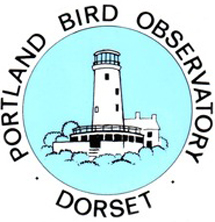Weekly birding round-up: 3 - 9 Aug 2016
The wind remained in the west all week as a succession of Atlantic depressions pushed in. These brought stronger winds on 3rd and again later in the week, particularly to Scotland where they were quite violent for a time. Temperatures remained near-normal but were higher for a day or two in the Southeast.
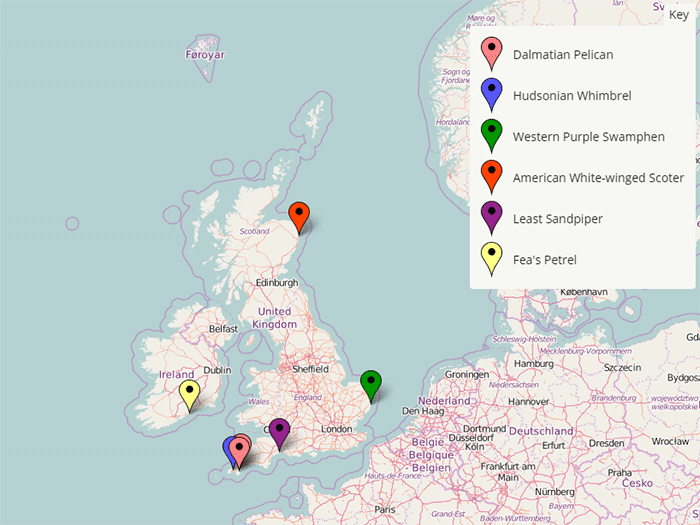
The top bird of the week was again the Western Purple Swamphen , still at Minsmere, Suffolk to 5th whereupon it performed the traditional ‘Friday night flit’. Though this abrupt departure won’t harm its vagrancy credentials it came as a major disappointment to the contingent of weekend twitchers.
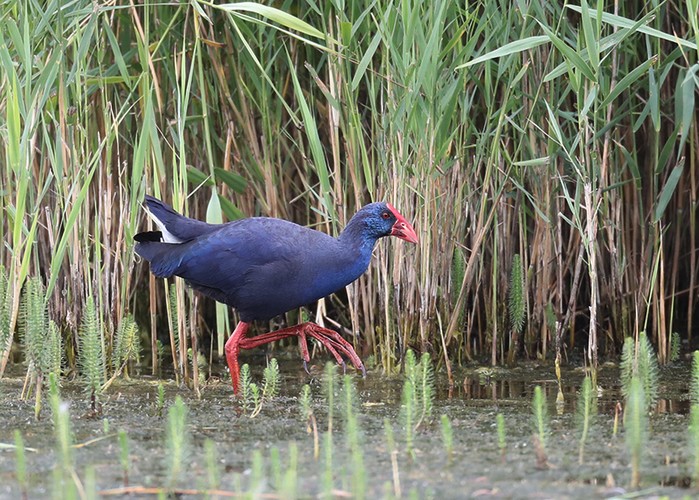
Although actually found in the closing hours of last week, Devon’s Least Sandpiper was really the major new bird of the period. Found at Black Hole Marsh on 2nd, it was still present on 3rd and gave exceptionally good views – a welcome reminder of just how gorgeous this diminutive ‘peep’ really is. The outstanding photographs showcased to perfection its really rather distinctive features – a tiny, compact shape, short ‘rear end’, dark, rather swarthy look and greenish legs.
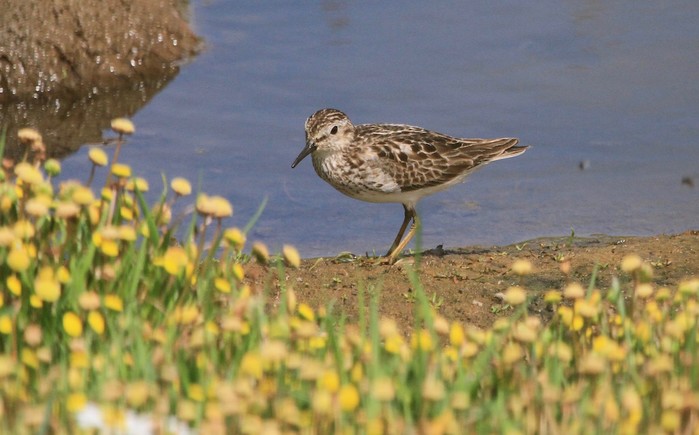
Long-toed Stint - the other half of this species pair - needs to be considered but this much rarer option is easily excluded by reference to, amongst other things, the Devon bird’s rather steep forehead and short body, solid dark lores, complete fore-supercilia, heavily streaked breast and its rather conventional tarsus, toe and hind toe proportions. Any would-be identifier of a rare stint now inevitably carries with them a mental image of the scientifically accurate and aesthetically perfect Lars Jonsson paintings from the classic 1984 ‘Identification of stints and peeps’ ‘British Birds’ paper by the late and great Peter Grant. Needless to say, the Devon bird is a dead ringer for the worn summer adult Least in Plate 118.
Events took a somewhat bizarre turn on 4th when another stint was located on the same pool. Initially considered to be a Temminck’s Stint, it didn’t take long for the somewhat astonishing truth to dawn - it was another Least Sandpiper, and with the original bird still in view, clearly a second bird. Such remarkable twists of fortune are of course part of the appeal of birding but the ‘penny dropping’ moment for those involved in the identification of bird number two will be widely envied.
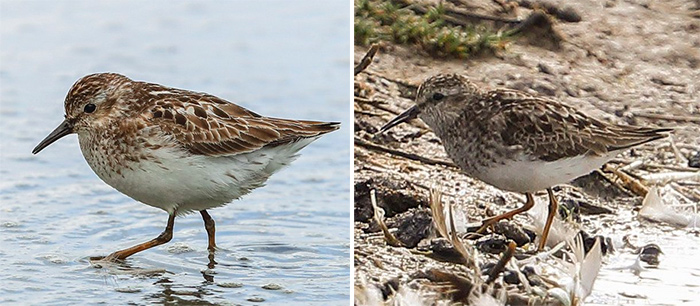
This event mirrors Devon’s previous ‘multiple peep’ occurrence. On 8th September 1966 another Least Sandpiper, this one Devon’s third (and Britain’s ninth), was trapped on Lundy alongside another stint which, on proper examination, turned out to be a Semipalmated Sandpiper, then an even more outstanding find and only the fourth British record. These remarkable events are wonderfully captured in a full ‘Note’ in a contemporary issue of ‘British Birds’ and black-and-white photographs of the two birds in the hand are also included, one showing them both in traditional ‘spread wing’ pose, the other showing the Least Sandpiper next to the foot of the Semipalmated, carefully displayed to show its signature palmations - a fabulous piece of Devon ornithological history.
Unsurprisingly given the weather, the autumn’s first Fea’s/Zino’s Petrel came swinging into view off Ram Head, County Waterford on 3rd. Given that over a hundred have now been logged in Ireland, this was only the second for Waterford, the first being off Helvick Head on 6th September 1998.
Although now an annual event, news of these charismatic Pterodroma petrels still causes a frisson of excitement for they represent for the keen seawatcher the most achievable of the rare seabird prizes. Most are assumed to be Fea’s Petrels (as currently defined) - and some have been proven to be so - but the current traditional ‘either/or’ designation is certainly sensible, indeed it may not be broad enough. Zino’s Petrel is surely a potential vagrant, as is presumably a Soft-plumaged Petrel from the Southern Oceans (witness the remarkable Varangerfjord, Norway encounter of 2009). A split of Fea’s Petrel into Desertas and Cape Verde Petrels would of course add a further complication whilst, given the 2014 Bermuda Petrel off Ireland, that species is now clearly on the cards too. And what of Black-capped Petrel? The next one of those is unlikely to be floundering in a bush on Swaffham Heath (though it’s perhaps worth a look just in case…..).
The headline roundup is completed by the now traditional trio of summering rarities. The Hudsonian Whimbrel was still at Perranuthnoe, Cornwall to 9th and the American White-winged Scoter still in Aberdeenshire to at least 6th though now, understandably, being reported less frequently. Whereas the Purple Swamphen did the decent thing and promptly departed before raising any undue concerns over its provenance, sadly the same cannot be said of the now seemingly resident Dalmatian Pelican , still in Cornwall on the Hayle Estuary on 4th, on the Helford River on 5th and then back at its favoured Restronguet Creek on 6th to 9th. This bird’s claim to a position amongst the week’s headline birds is now looking a little tenuous. Maybe time for a demotion?
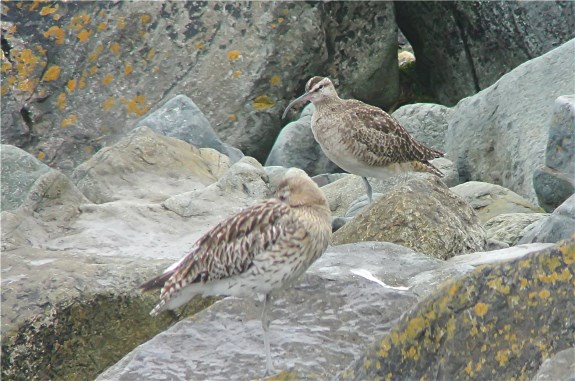
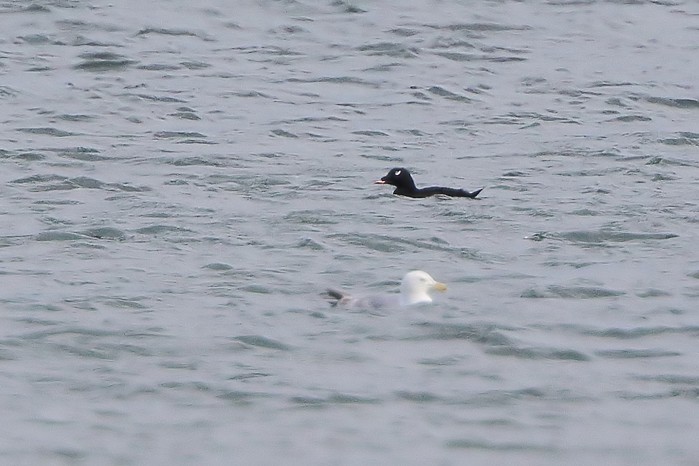
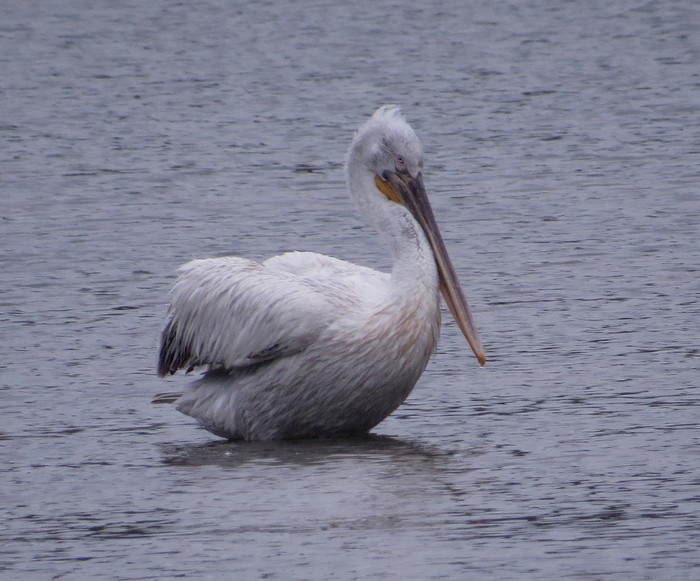
This week’s ‘Euronews’ features a Black-winged Kite in Germany, a Red-footed Booby photographed on Tenerife and, perhaps most fittingly, another Least Sandpiper , this one in France’s famous Camargue.
Red-footed Booby photographed at Tenerife, Canary Islands yesterday by Chloe Yzoard pic.twitter.com/6BBDTVIYti
— Tarsiger (@TarsigerTeam) August 5, 2016
Black-winged Kite, Uckermark, Germany pic.twitter.com/yfx68mDY3L
— Patrick Franke (@SingwarteMedia) August 1, 2016
Least Sand at Camargue on 7th August by Damien Gailly - 10th record for France since 1980 pic.twitter.com/FNuGQilXIP
— Tarsiger (@TarsigerTeam) August 8, 2016
The seabird movement which began on 2nd gathered force in the blustery conditions of 3rd and, as well as Ram Head’s Fea’s/Zino’s Petrel, produced an excellent surge of large shearwaters, mainly off Ireland.
The key counts were 650 Cory’s Shearwaters off Galley Head and 320 off Old Head of Kinsale, both Cork, with 25 Great Shearwaters off the former site and 20 off the latter. Smaller numbers were off Cornwall - eleven Cory’s and five Greats off Porthgwarra along with a Pomarine Skua and a ‘Blue’ Fulmar .
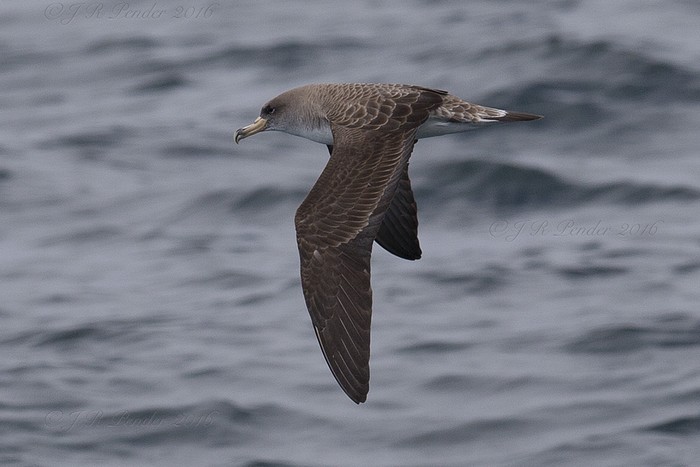
Also on 3rd, a Wilson’s Petrel was reported off the ‘Scillonian’, a Grey Phalarope was off Strumble Head, Pembrokeshire and, in Ireland, two Pomarine Skuas were off Brandon Point, Kerry with two Long-tailed Skuas and one Pomarine Skua off Bridges of Ross, Clare.
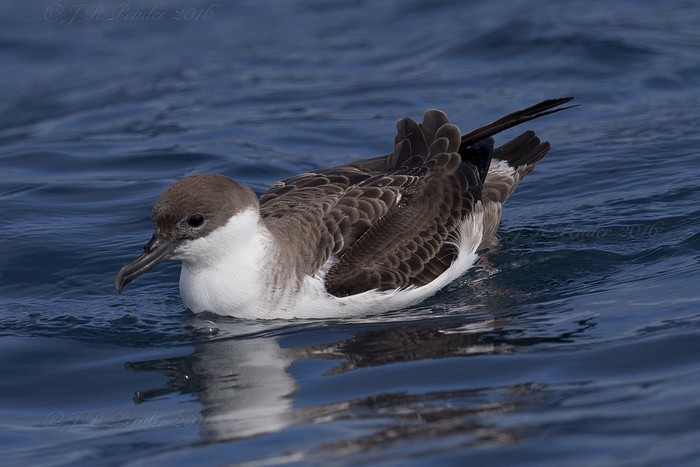
A trickle of seabirds continued next day, the best being 5 Wilson’s Petrels off a Scilly pelagic (along with 22 Cory’s and three Great Shearwaters), a Wilson’s Petrel off Brandon Point, Kerry and six Cory’s and two Greats off Pendeen, Cornwall. Less usual were a Balearic Shearwater off Troon, Ayrshire and a Cory’s off Port Eynon, Glamorgan. Finally, a Pomarine Skua passed Strumble Head, Pembrokeshire with two off Kilcummin Head, Mayo.
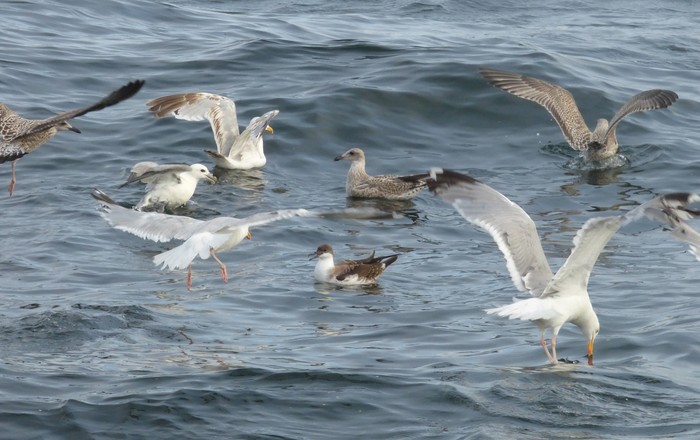
Things quietened further on 5th with just single Pomarine Skuas past Aberporth, Ceredigion and Flamborough, Yorkshire and two Wilson’s Petrels and two Great Shearwaters off a Scilly pelagic.
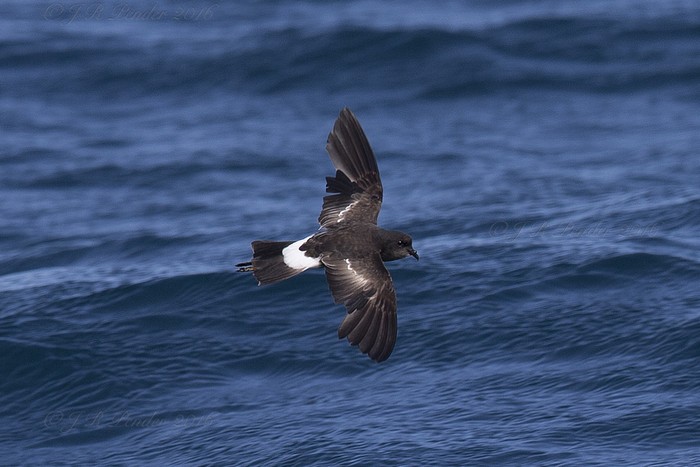
On 6th an adult Long-tailed Skua off Titchwell, Norfolk was one of very few notable seabirds in the North Sea this week. Otherwise all the action remained in the Southwest with single Great Shearwaters off Ram Head, Waterford, off Lamorna, Cornwall and off a Scilly pelagic with seven Greats (and 15 Cory’s) off Cape Clear, Cork. Another Cory’s (and a high count of 25 Balearic Shearwaters) was off Porthgwarra, Cornwall.
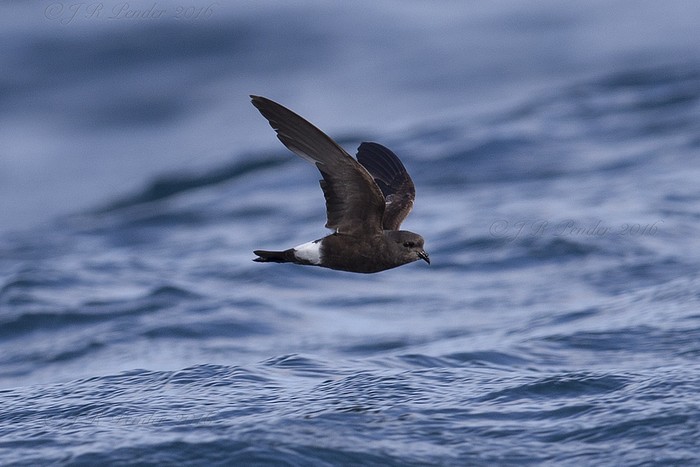
Activity picked up again on 7th with a good scatter of Cory’s and a few Great Shearwaters off Ireland, the highest counts being 208 Cory’s off Brandon Point, Kerry (with 25 Greats), 153 Cory’s off Kerry Head, also Kerry, and 116 Cory’s off Bridges of Ross, Clare (plus six Greats, a Long-tailed Skua and four Leach’s Petrels ). Two Pomarine Skuas were also off Galley Head, Cork. In Britain, two Wilson’s Petrels, a Cory’s and three Greats were off a Scilly pelagic, with a Cory’s off Pendeen and two Greats at sea off Falmouth, both Cornwall.
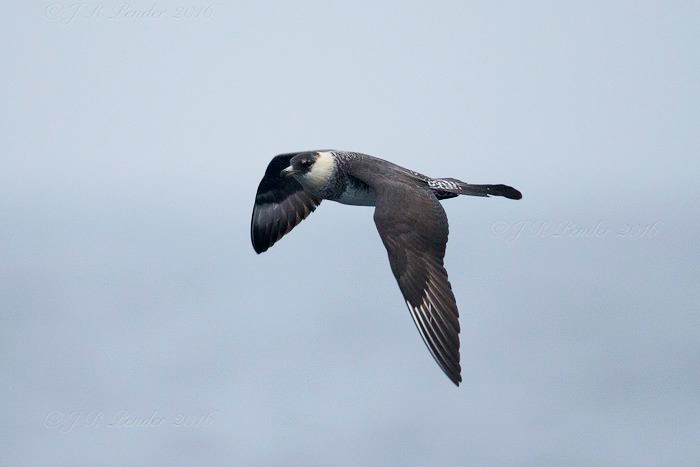
Renewed activity on 8th brought 15 Great Shearwaters to Pendeen, Cornwall and two Greats and a Cory’s to Strumble Head, Pembrokeshire. In Ireland a Great Shearwater, eight Cory’s and five Pomarine Skuas were seen off Kilcummin Head, Mayo and a Great Shearwater and a Pomarine Skua off Bloody Foreland, Donegal. A Pomarine Skua was also off Tiree, Argyll whilst, back in the North Sea, a ‘Blue’ Fulmar passed Whitburn, Durham.
The 9th finally brought some seabirds to the North Sea - a Pomarine Skua past Cley, Norfolk, a Long-tailed Skua, a Pomarine Skua and a Great Shearwater off Flamborough, Yorkshire and a Grey Phalarope off Fraisthorpe, also Yorkshire. Back in the Southwest, a Great Shearwater passed Pendeen, Cornwall.
The only duck news of the week concerned the drake Black Duck again at Strontian, Highland on 9th and two Surf Scoters still off Murcar, Aberdeenshire to 7th.
A first-summer Squacco Heron was the best new heron of the week, frequenting the complex of pits at Barton-upon-Humber, Lincolnshire from 4th but proving rather hard to catch up with. It was still present on 6th but mainly seen in the evenings. With no sightings after 6th it was presumed to have gone but then it reappeared on the evening of 9th. Perhaps surprisingly, this is a very rare bird for Lincolnshire, only the fourth for the county and the first this century. The last one was as long ago as 1999 (at Messingham) and before that the previous records were at Great Cotes in 1910 and near Gainsborough in 1861!
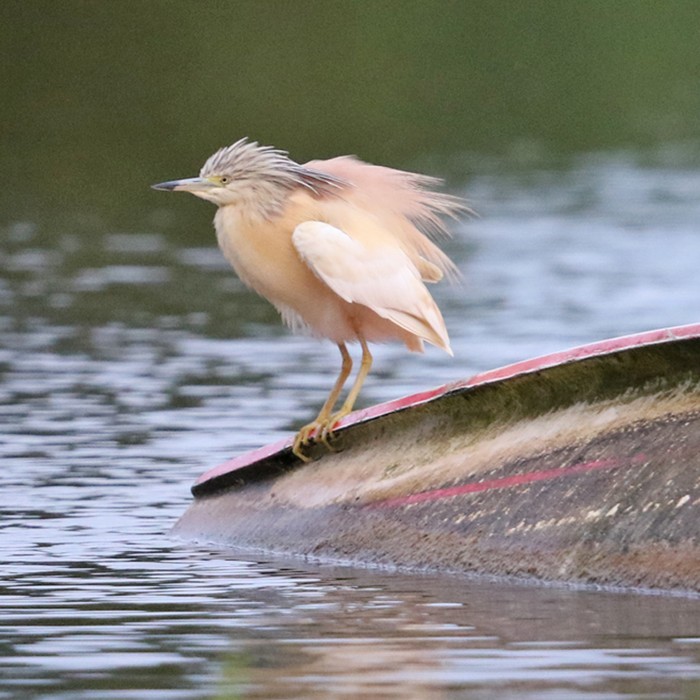
In other heron news, one of the male Little Bitterns was still at Ham Wall, Somerset on 3rd with single juvenile Purple Herons at Hickling Broad, Norfolk the same day and at Otmoor, Oxfordshire on 7th to 9th.
After last week’s mini-rush of Cattle Egrets , things were back to normal again, with no further sign of the wandering Kent and Norfolk duo. The long-staying birds remained at Marshside, Merseyside to at least 9th, Dungeness, Kent to at least 6th and Tacumshin, Wexford also to 6th.
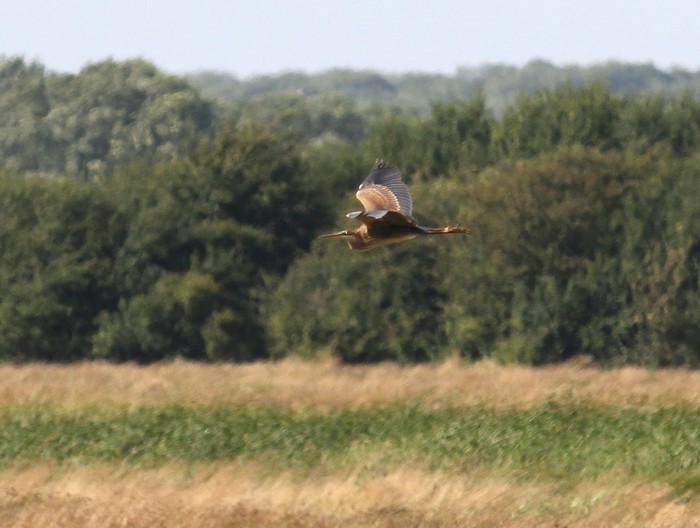
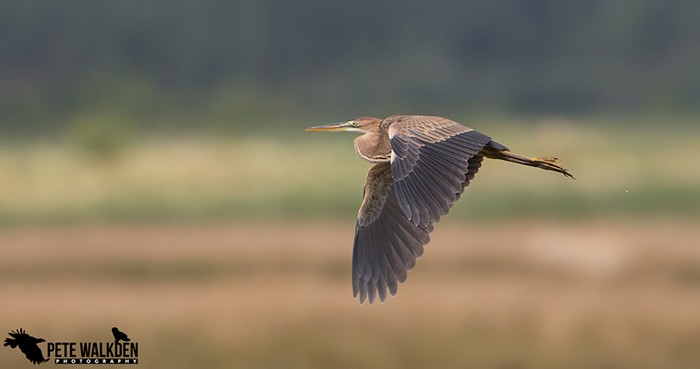
Great White Egrets featured prominently still as far north as the Midlands with ‘outliers’ at Willington, Derbyshire, Conwy RSPB, Conwy, Burton Marsh, Cheshire and Tregaron Bog, Ceredigion.
Glossy Ibises were seen in some new places this week, suggesting either that one or two new birds are involved or that some of the previously resident birds are starting to wander. Records of singles came from Cley, Norfolk, Llanelli and Kidwelly, both Camarthenshire, Austerfield/Potteric Carr, Yorkshire, Maghull, Merseyside, Tollesbury Wick, Essex and Rainham Marshes, London, Cliffe and Oare Marshes, both Kent, Bude, Cornwall, Tregaron, Ceredigion and the Rogerstown Estuary, Dublin. Two were still at Ham Wall, Somerset on 9th and three were reported at Buckhurst Hill, Essex on 6th.
A late report of a Black Stork heading southeast over Soham, Cambridgeshire on 6th was presumably the same bird as that (also belatedly reported) along the Suffolk/Cambridgeshire border last week, itself perhaps the bird seen briefly over Ogston Reservoir, Derbyshire on 30th July. Black Stork is a notable Cambridgeshire rarity with only three records, all in 2008 and all perhaps relating to the same bird? Hopefully this bird will eventually bump into the coast and get tracked a little more effectively.
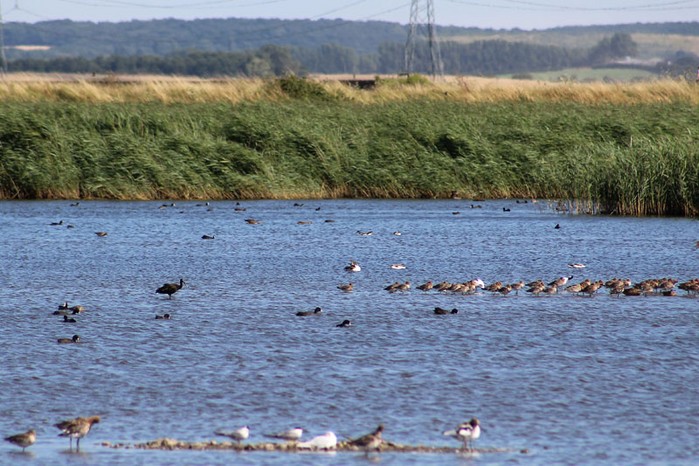
In other stork news, the White Stork was still at Beddington, London to at least 6th with other sightings from Selsdon and Cheam, both also London. Further south, others were at West Chiltington and Pulborough Brooks, both Sussex, on 6th and 7th and at Christchurch, Dorset (with a Great White Egret) on 8th and over Portland Harbour, also Dorset, on 9th.
The Common Crane remained on Benbecula, Western Isles to at least 6th and, completing the long-legged birds, some impressive post-breeding flocks of Spoonbills were counted. The largest numbers were 14 at Alkborough Flats, Lincolnshire, 22 at Titchwell and 23 at Stiffkey Fen, both Norfolk, and 15 at Havergate and 23 on the Alde Estuary, both Suffolk.
The only Spotted Crake noted was one of last week’s birds still at Burton Mere, Cheshire and Wirral on 3rd.
Up to two Honey-buzzards continued to show well in the Minsmere/Walberswick area, Suffolk all week whilst singles were at Filey, Yorkshire on 3rd, Woodwalton Fen, Cambridgeshire on 4th, Eastbourne, Suffolk on 5th and Spring Wood, Nottinghamshire on 7th. A male Montagu’s Harrier was at Walberswick, Suffolk on 9th.
Amazing views of 2 Honey Buzzard from Westwood Lodge between 13:50 and 14:05pm with wing clapping! @RareBirdAlertUK pic.twitter.com/fUKE2vHDmN
— Ben Moyes (@Ben_Moyes16) August 4, 2016
Least Sandpipers aside, Spotted Sandpipers were the week’s other highlight, with no fewer than three reported - at Sutton Bingham Reservoir, Somerset/Dorset on 4th to 8th, at Hauxley, Northumberland (briefly) on 5th and at South Efford Marsh, Devon on 6th to 9th (though news of its presence only emerged on the latter date).
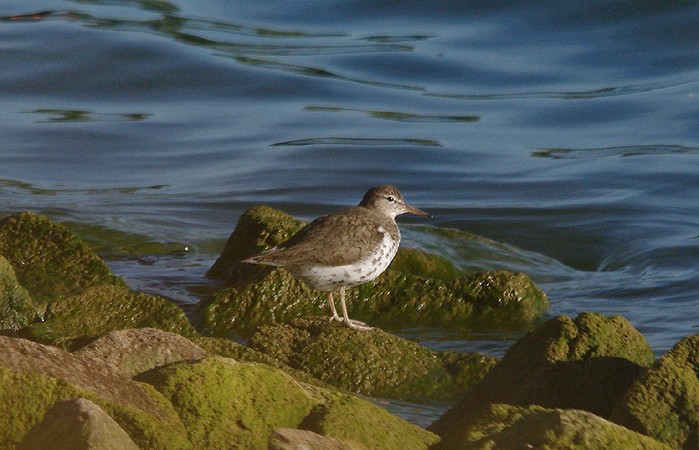
An adult Semipalmated Sandpiper at Dale, Pembrokeshire was another excellent find on 4th and was still present on 9th. Another was at Reenroe, Kerry on 6th to 9th. Not to be left out, Tacumshin, Wexford chipped in with a Long-billed Dowitcher on 5th.
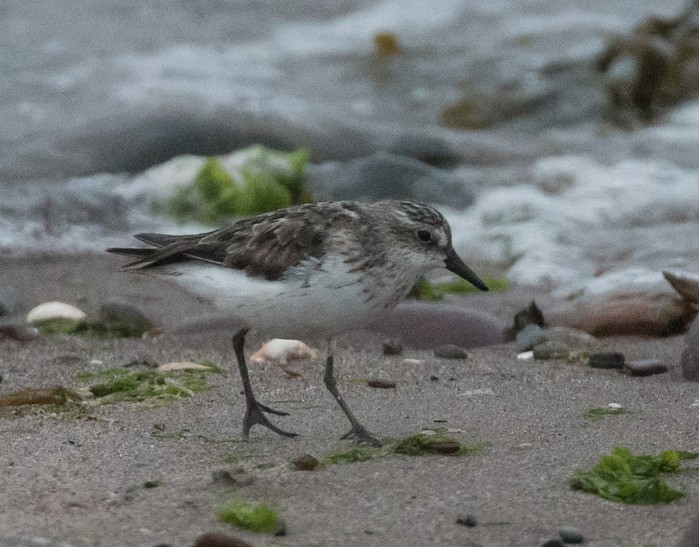
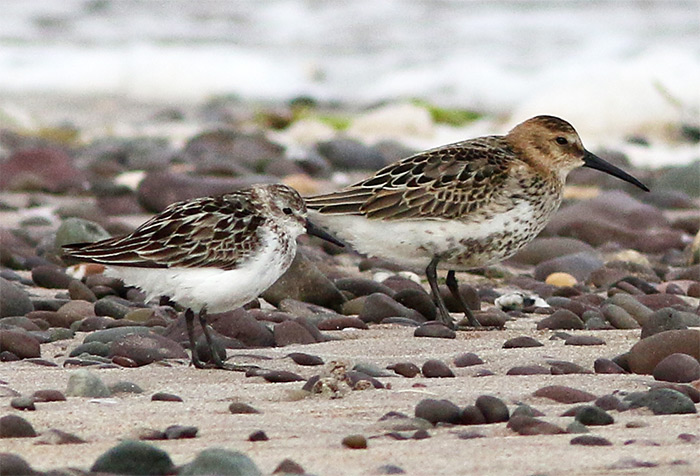
Otherwise, White-rumped Sandpipers stole the show this week but most were in the east - at Blakeney Harbour, Norfolk on 3rd and Cley, also Norfolk, on 4th, Frampton Marsh, Lincolnshire to at least 8th, Montrose Basin, Angus to 5th and Snettisham, Norfolk on 6th (presumably last week’s bird again). Two were in the west, however - at Belfast Lough, Belfast to 7th and on St. Mary’s, Isles of Scilly the same day. These latter two may represent direct transatlantic arrivals rather than Palearctic birds.
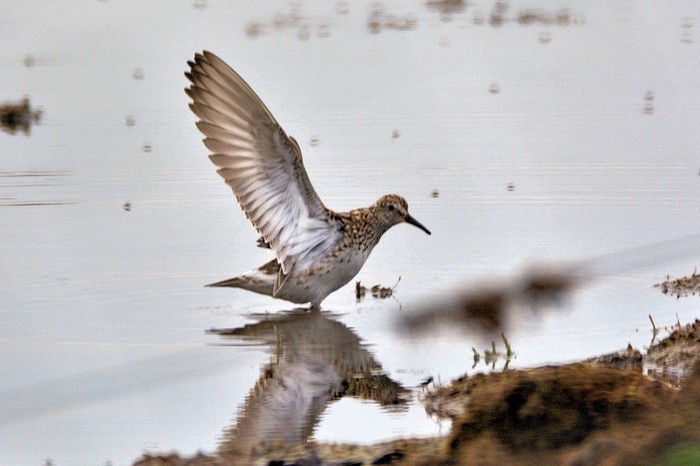
Although continuing the American wader theme, the week’s Pectoral Sandpipers were all in the east - at Freiston Shore, Lincolnshire to 9th, Ouse Washes, Cambridgeshire to at least 7th, Walton on the Naze, Essex on 3rd, Snettisham, Norfolk on 6th and King George V Reservoir, London on 9th.
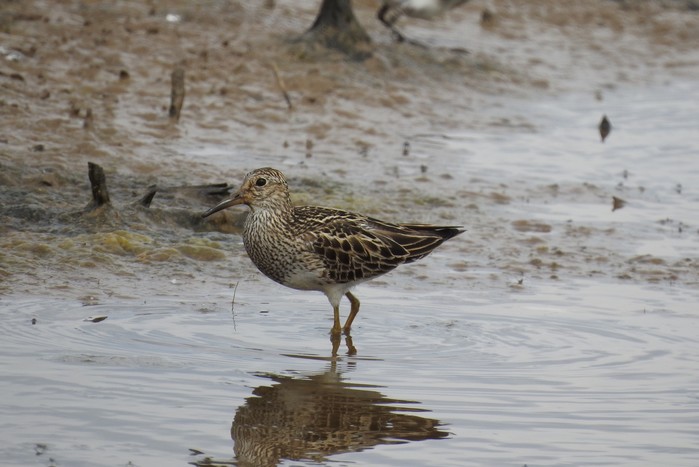
The only strictly Palearctic waders of note were Temminck’s Stints at Stone Creek, Humberside on 7th and Willington Gravel Pits, Derbyshire on 9th and a Red-necked Phalarope at Snettisham, Norfolk also on 9th.
Both Bonaparte’s Gulls - the adult at Faversham, Kent and the first-summer at Ashington, Northumberland - were still in place all week. An adult Ring-billed Gull at Nimmo’s Pier, Galway on 6th was presumably a returning individual to this favoured site whilst Ireland also hosted an Iceland Gull at Cromane, Kerry on 4th. Another Iceland Gull was at Hest Bank, Lancashire on 7th.
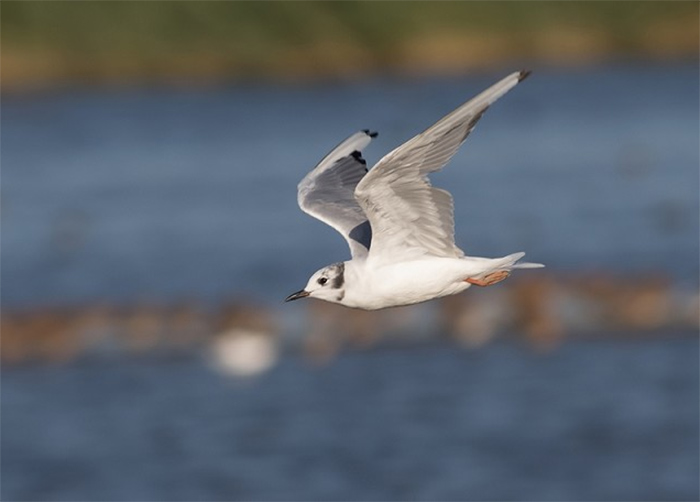
The traditional late summer/early autumn Caspian Gull influx continued, with around twenty reported from the usual venues in South Yorkshire, East Midlands, East Anglia and the Southeast. The highest counts were four at Great Livermere, Suffolk and three at Walberswick, also Suffolk and Stanwick Gravel Pits, Northamptonshire. The most far-flung reports came from Sandbach, Cheshire and Flamborough, Yorkshire on 6th and Filey, also Yorkshire, on 7th.
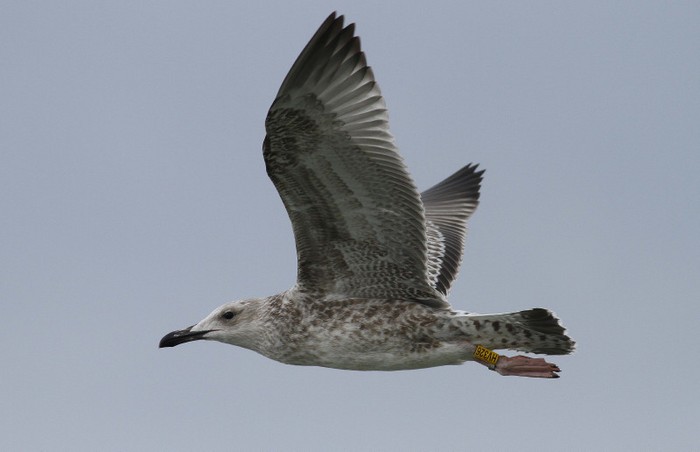
With no Caspian Tern sightings this week, a White-winged Black Tern at Meikle Loch, Aberdeenshire on 5th was the ‘star tern’ - apparently (and remarkably) a different bird from that present recently at the same site. In Ireland, the Forster’s Tern was at Dundalk, Louth on 8th.
Away from breeding areas, Roseate Terns were at Dawlish Warren, Devon and Cowpen Marsh, Cleveland on 3rd, Brownsea Island, Dorset and Port Seton, Lothian on 4th, Seaton Snook, Cleveland on 4th and 5th, North Gare, Cleveland on 5th and South Shields, Durham (two) on 6th and Whitburn, also Durham, on 7th and 8th. Finally, two, an adult and a juvenile, were at Port Seton on 9th.
Perhaps the most surprising bird of the week was a Bee-eater at sea on a ferry off Fraserburgh, Aberdeenshire on 4th though unsurprisingly it only lingered briefly.
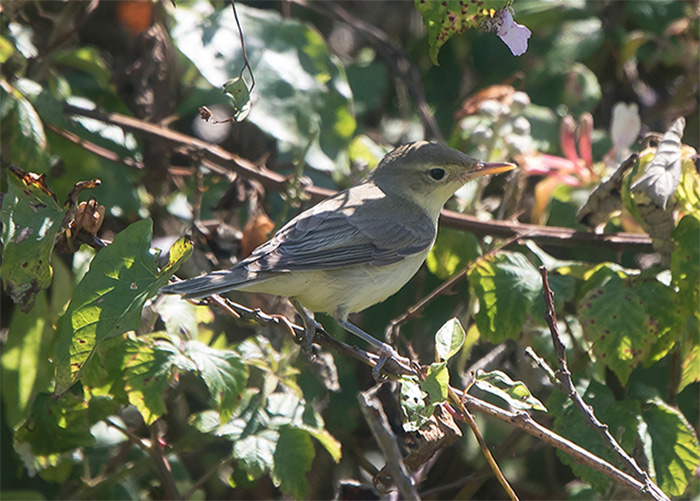
The meagre passerine line-up featured a Melodious Warbler in the somewhat barren setting of Grassholm, Pembrokeshire on 5th (with a Serin at Portland, Dorset the same day) and another Melodious Warbler at Dungeness, Kent on 6th. Finally, news emerged this week of a Rose-coloured Starling at East Mey, Highland ‘recently’.
The weather for the first half of the coming week promises more of the same but a switch to hotter continental air with south-easterly looks likely after next weekend. Obvious bets include Aquatic Warbler and Citrine Wagtail but more adventurous options might include Eleonora’s Falcon and Audouin’s Gull.
Andy Stoddart
10 August 2016
Please note: we put a lot of time and effort into sourcing and and producing the images, videos and graphics for each roundup. Some of you (probably Apple users) may notice some photos etc. that appear to have incorrect captions. Please try refreshing the page as they are correcty captioned. If after a refresh they are still showing the incorrect captions then please email us
Contributors websites









